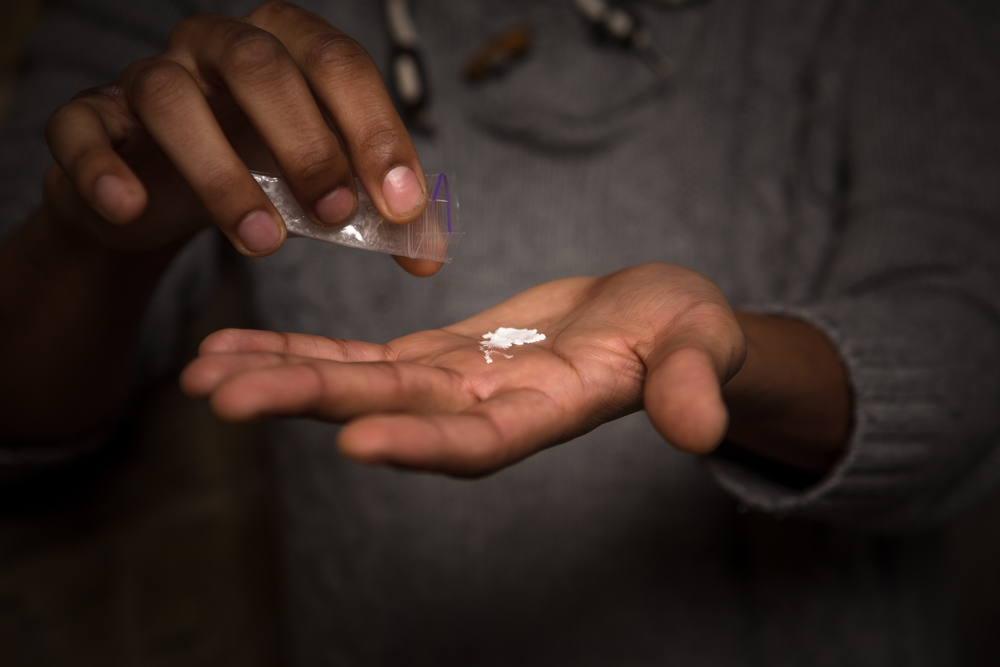
A team of scientists from the National Institute of Standards and Technology (NIST) recently began an initiative on developing technologies to detect trace amount of fentanyl, heroin, and other substances to help prevent accidental exposure for law enforcement.
Through a research paper published in a recent issue of the journal Forensic Chemistry, NIST researchers said that Ion Mobility Spectrometry (IMS) and Direct Analysis in Real-Time Mass Spectrometry (DART-MS), can both help law enforcement detect trace amounts of illicit narcotics to prevent accidental exposure for officers and drug-sniffing dogs.
IMS components are commonly used in the nation’s airports, where officers swab the hands and luggage of passengers in order to detect any trace explosive residue on-site.
“Currently, police officers have to handle drugs to test them,” NIST research chemist Ed Sisco said. “But with these technologies, they can just swab the outside of a bag to test for fentanyl.”
Through a series of tests, NIST researchers determined that IMS technology could detect fentanyl mixtures that contain as little as 0.2 percent fentanyl. With the larger, more expensive DART-MS, researchers could detect mixtures containing as little as 0.1 percent fentanyl. NIST said both techniques were important due to the difference in fentanyl analogs, some of which are much more potent than others.
Testing also revealed that both systems could distinguish between most of fentanyl’s analogs, which could help law enforcement track emerging analogs as they pop up on the street.
NIST currently publishes a DART-MS library for use by law enforcement and its researchers said they are working on getting newly-identified signatures added to the product software.
“We hope this makes a real difference to the safety of people who come into contact with synthetic opioids,” Sisco said. “The opioid epidemic is a huge problem. This might be one small way to try to get a handle on it.”




